Keiko at Seattle Budokan
Updated:
In August we conducted group practice at the Seattle Budokan in August 2021 during a lull in the pandemic. We have been training outdoors in the Seattle area for the last year after Lonin League lost its space and it was nice to be back for an afternoon in a traditional dojo.
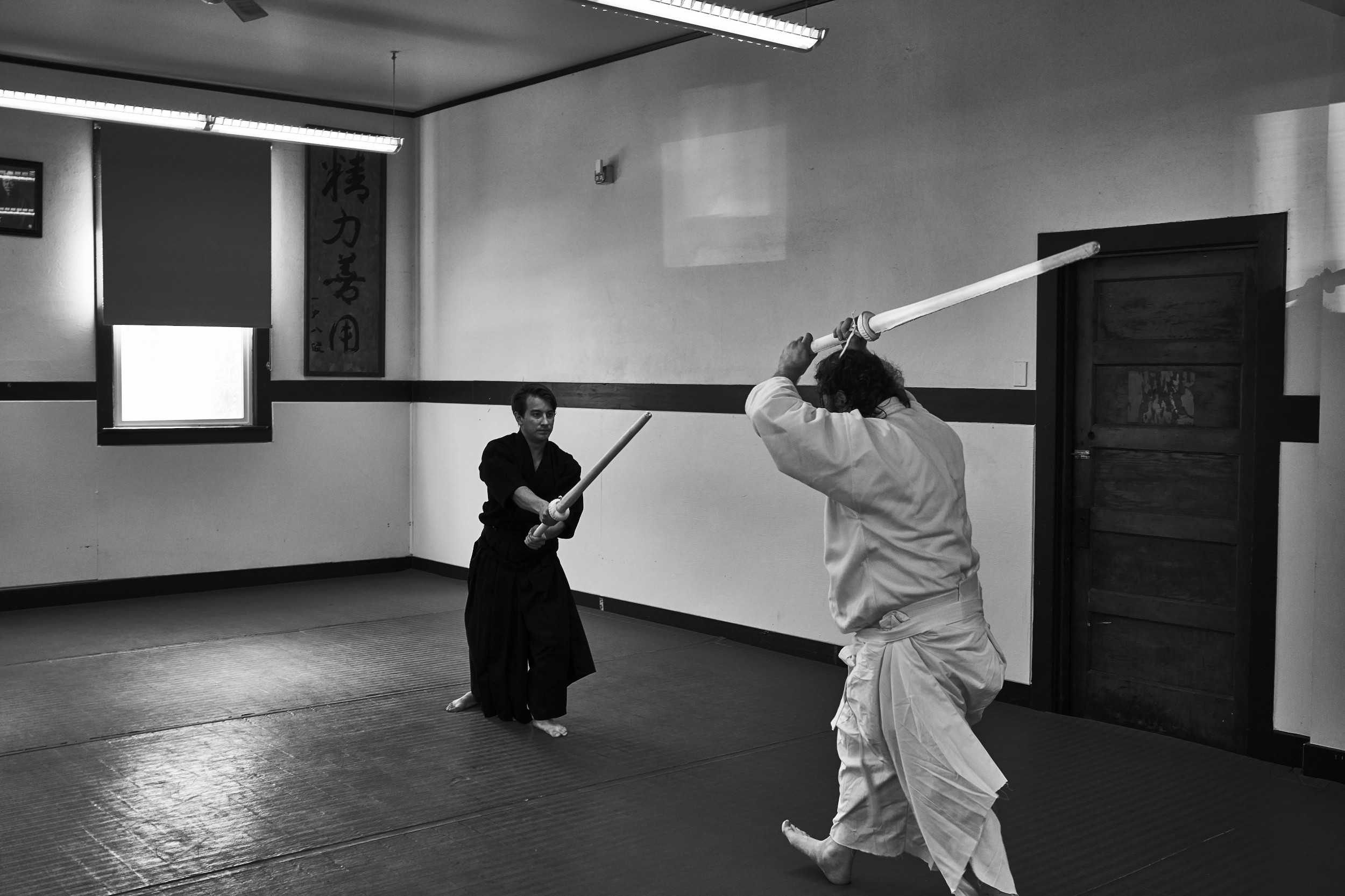
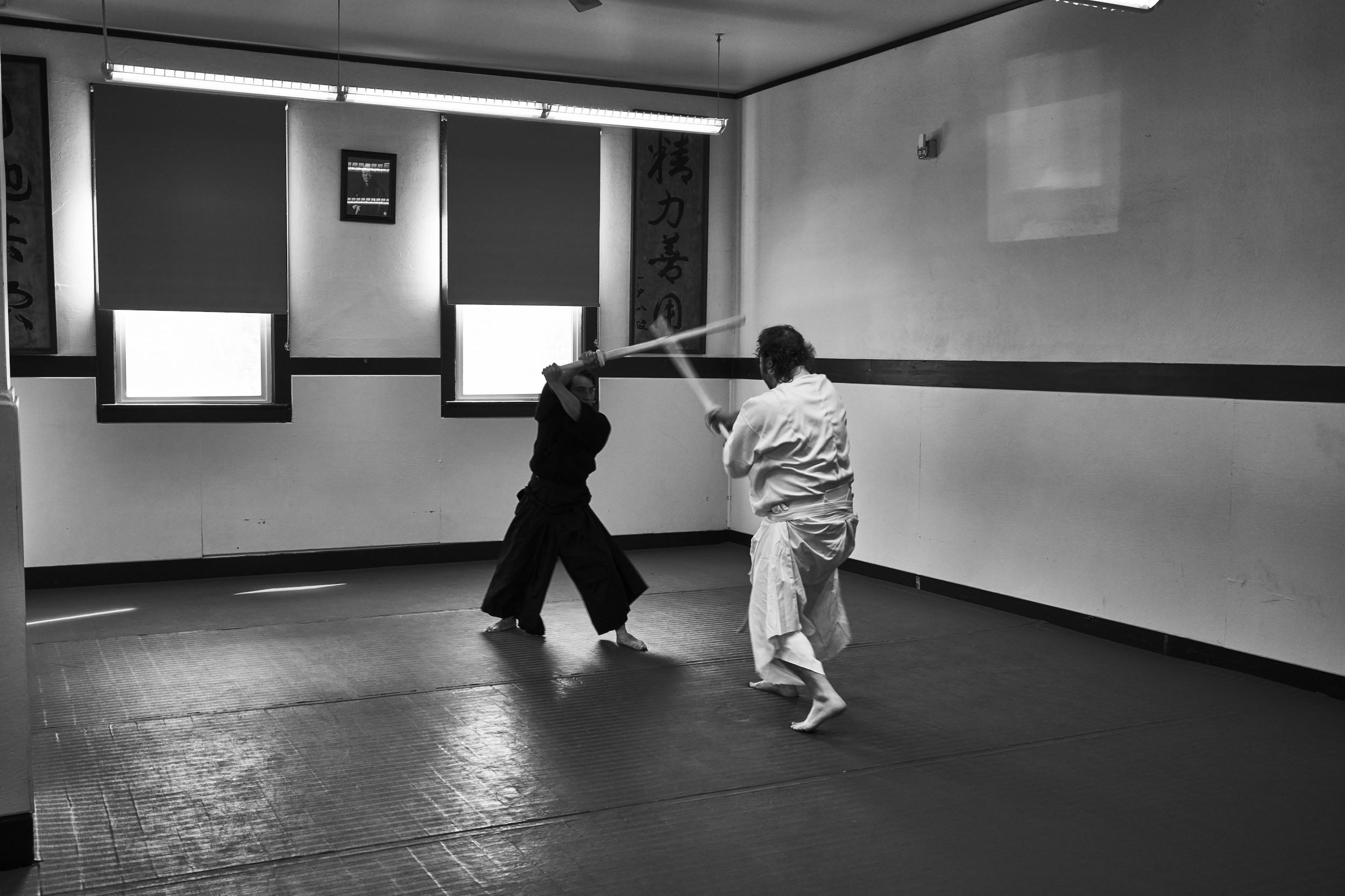
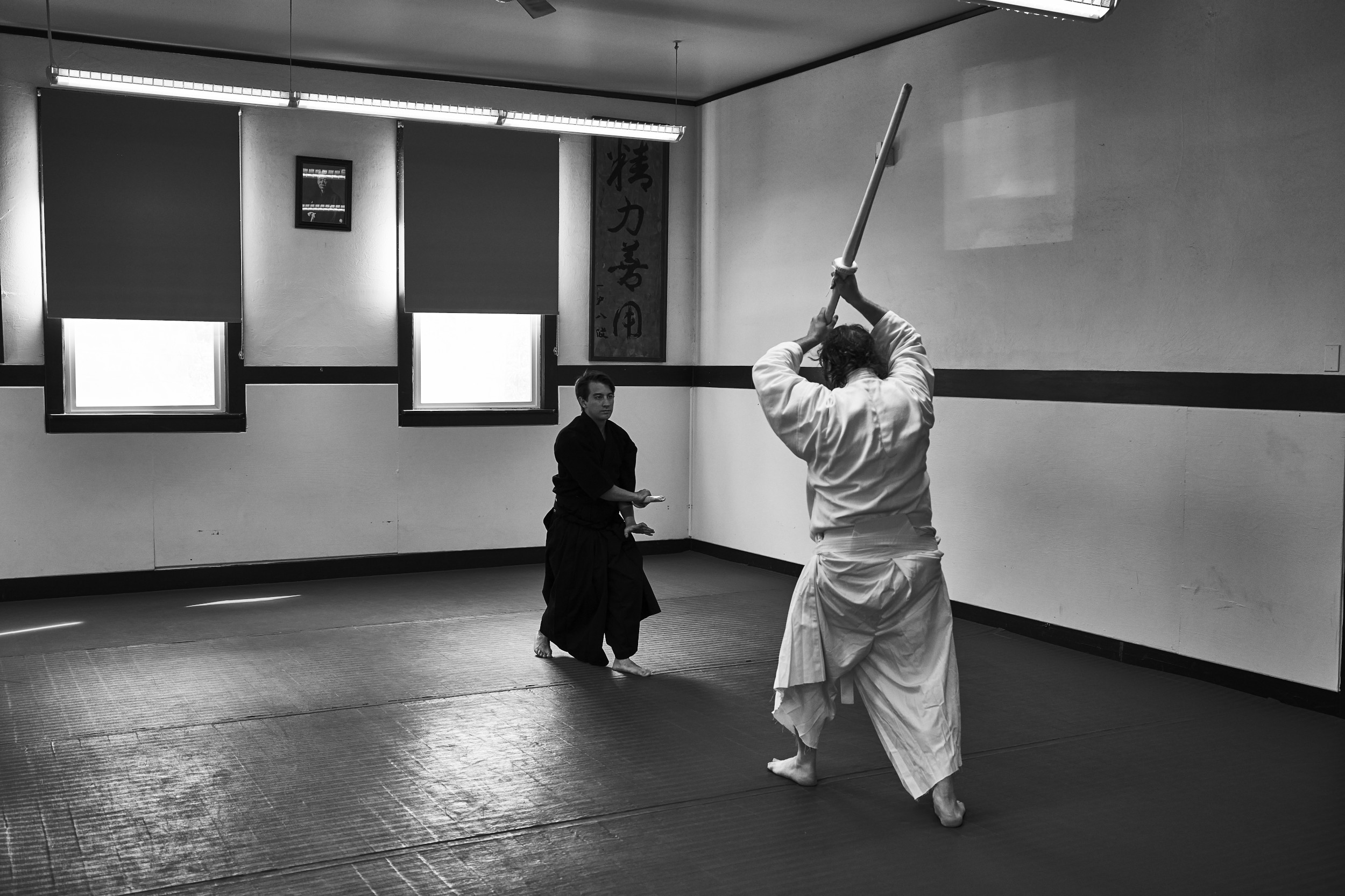
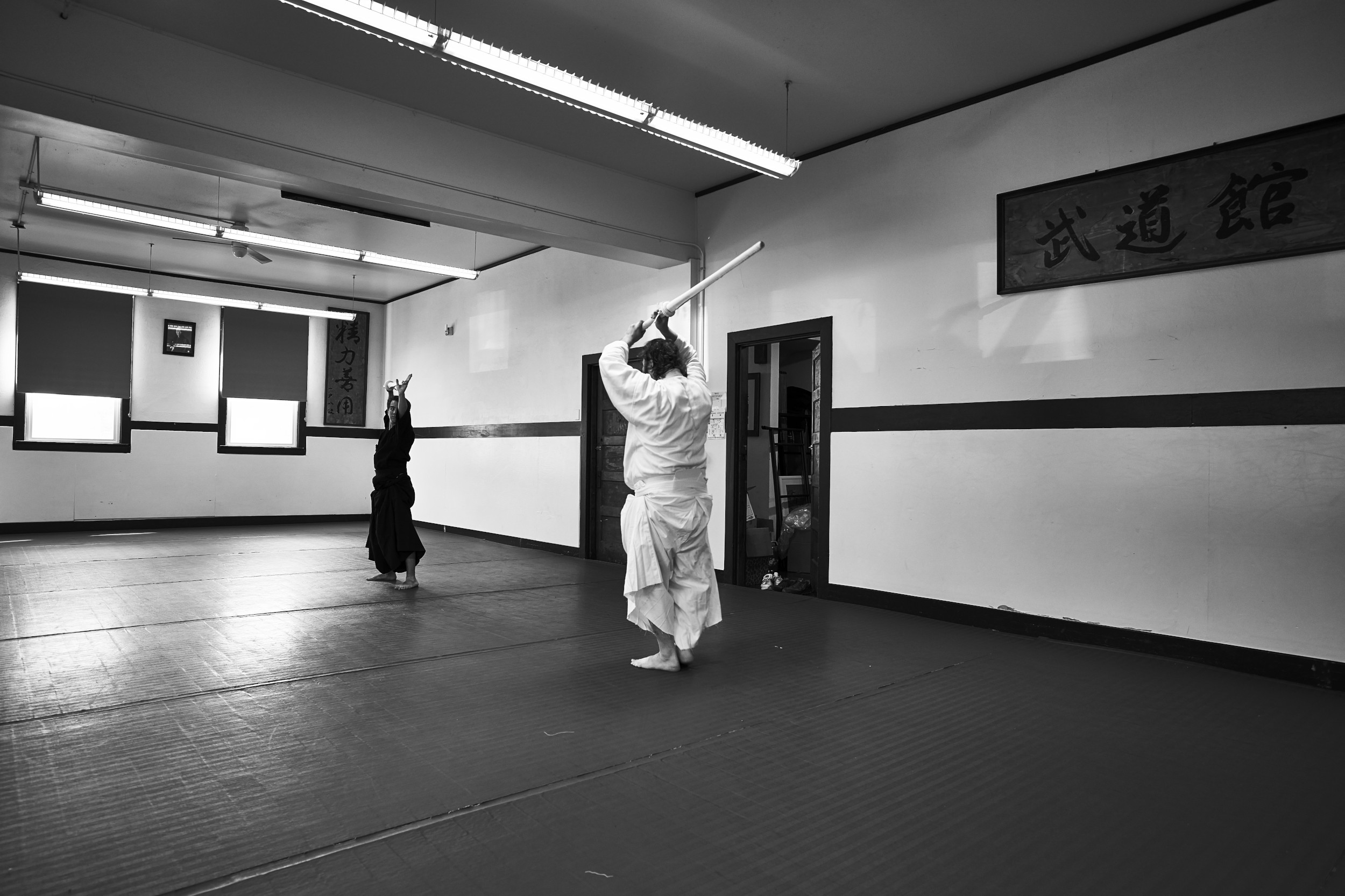
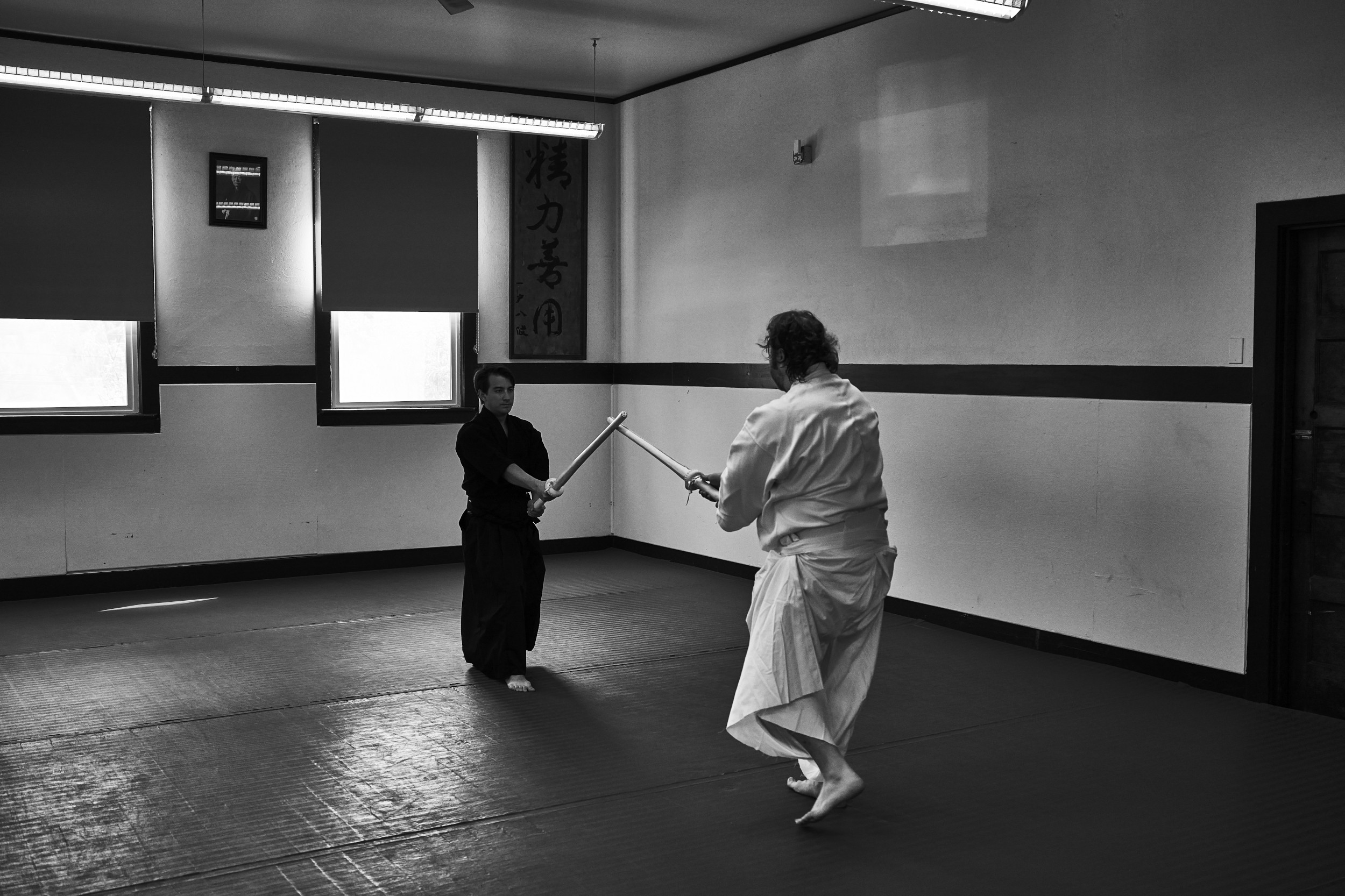

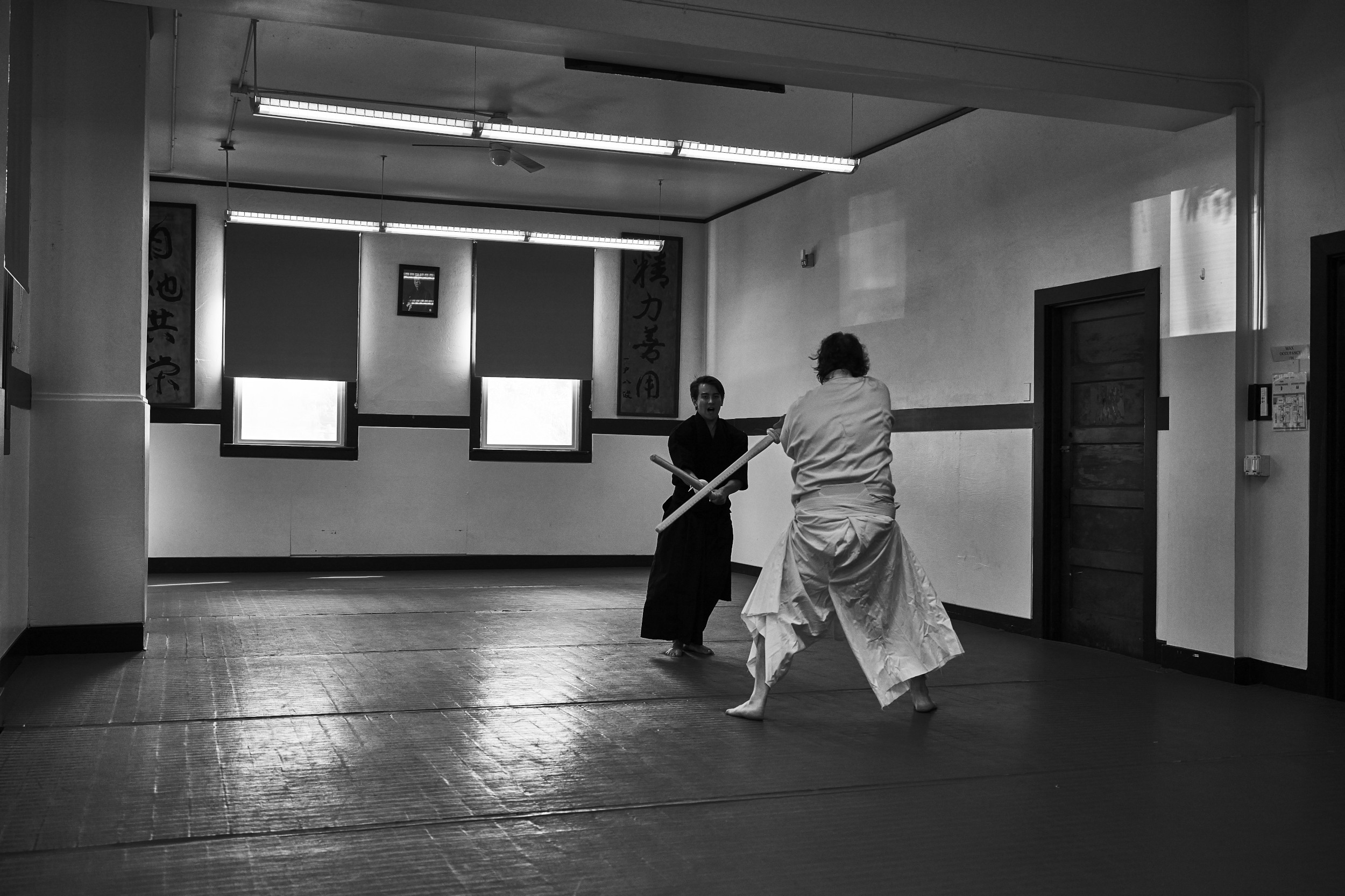
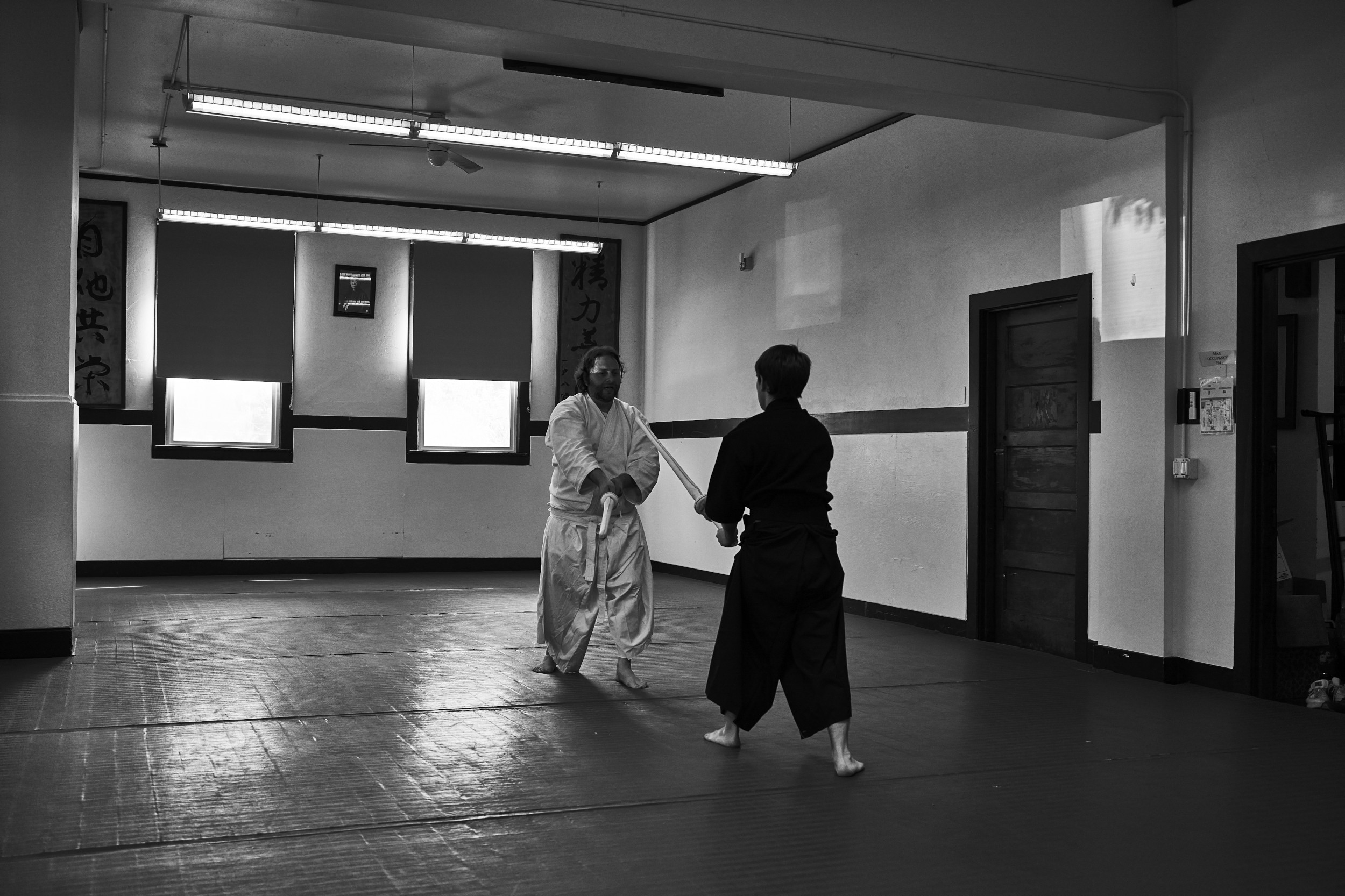
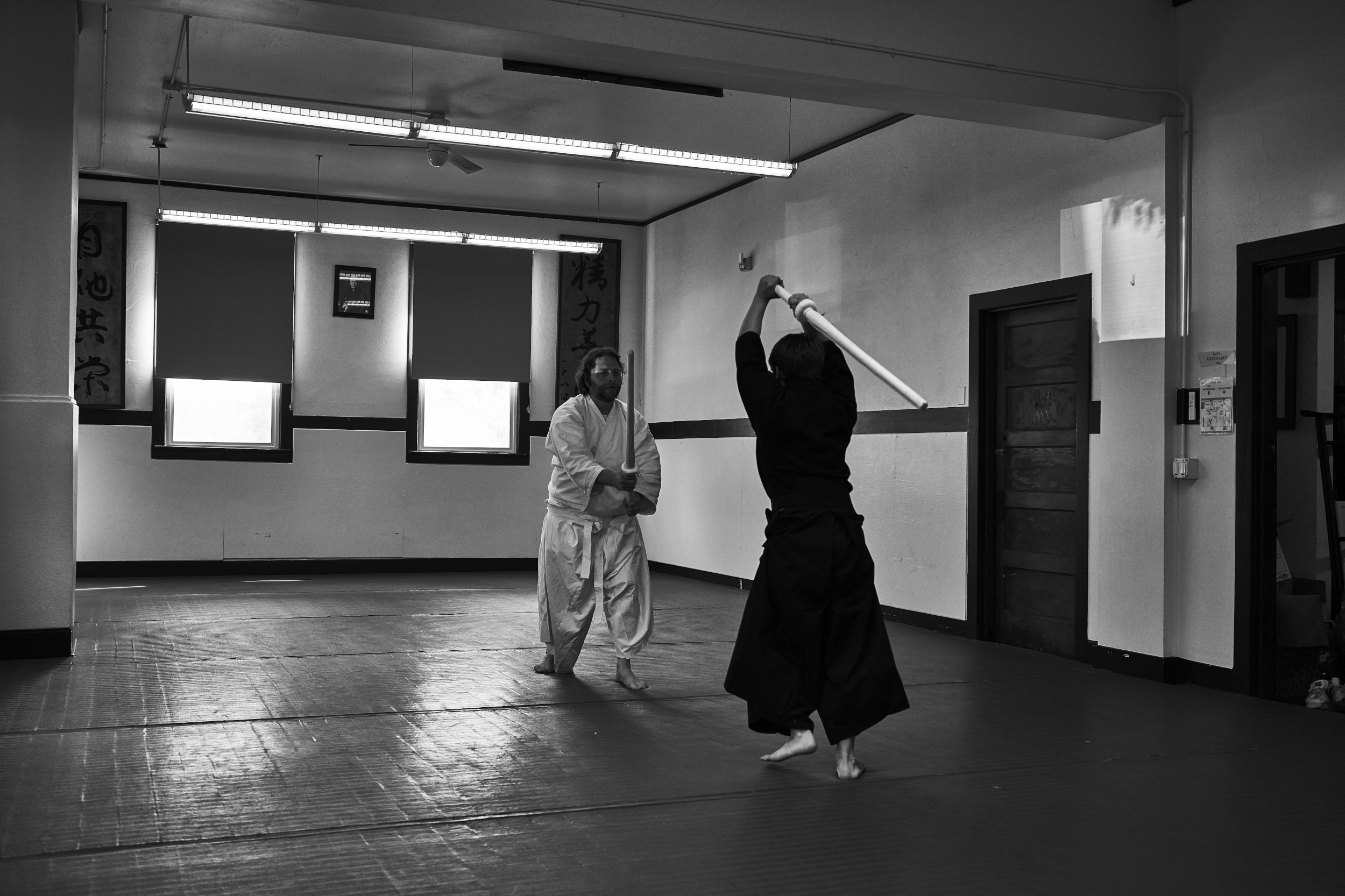

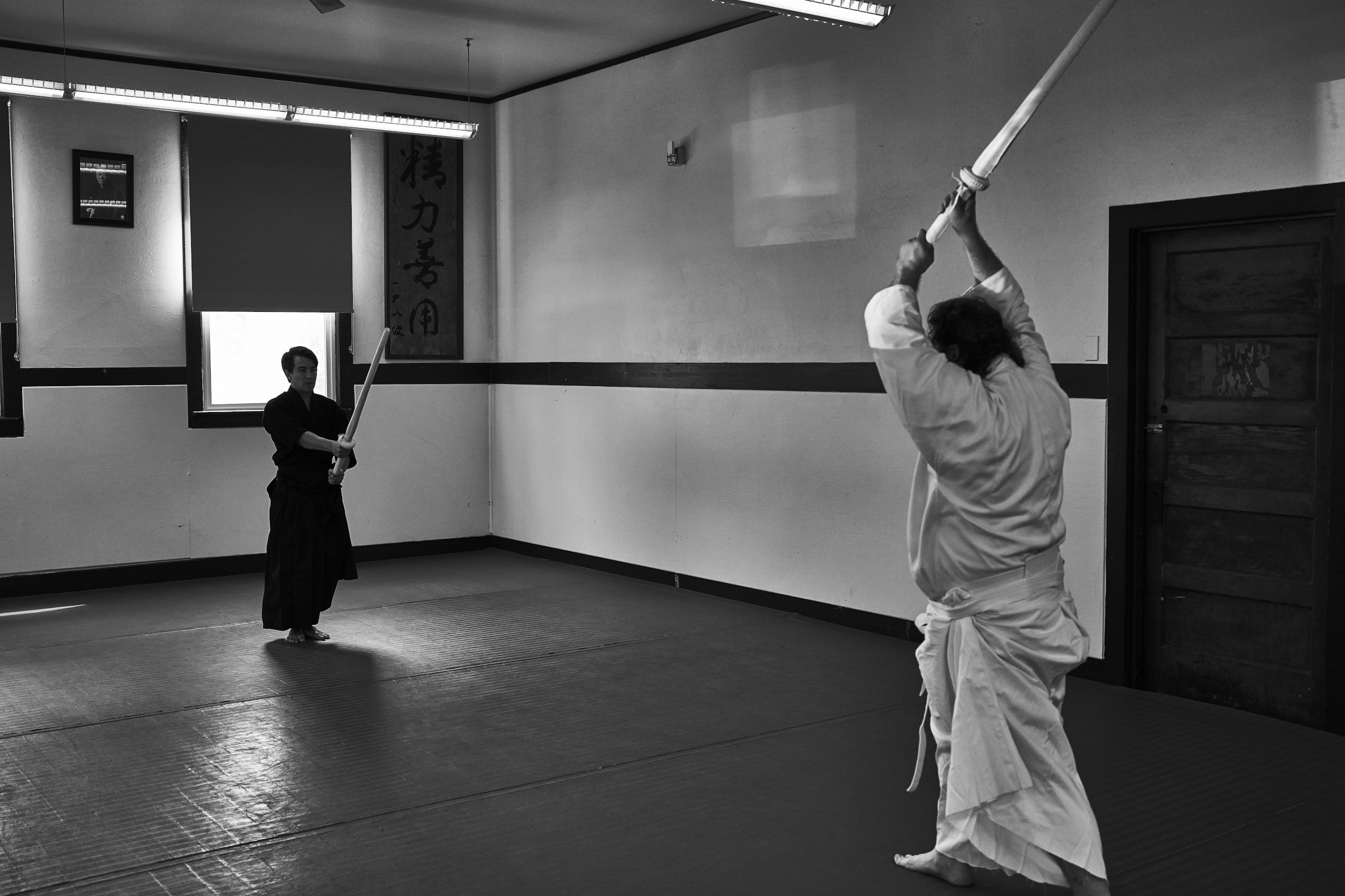

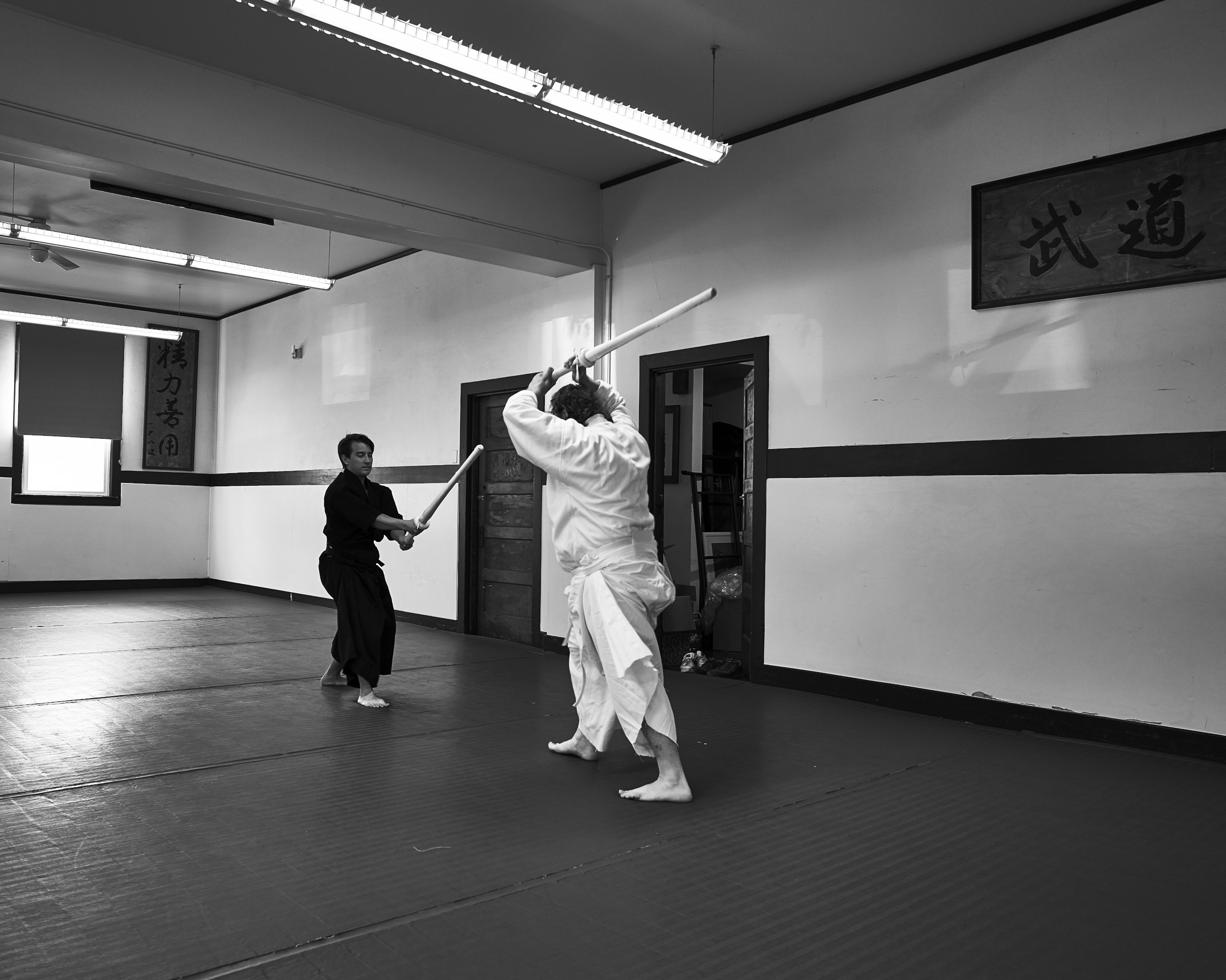

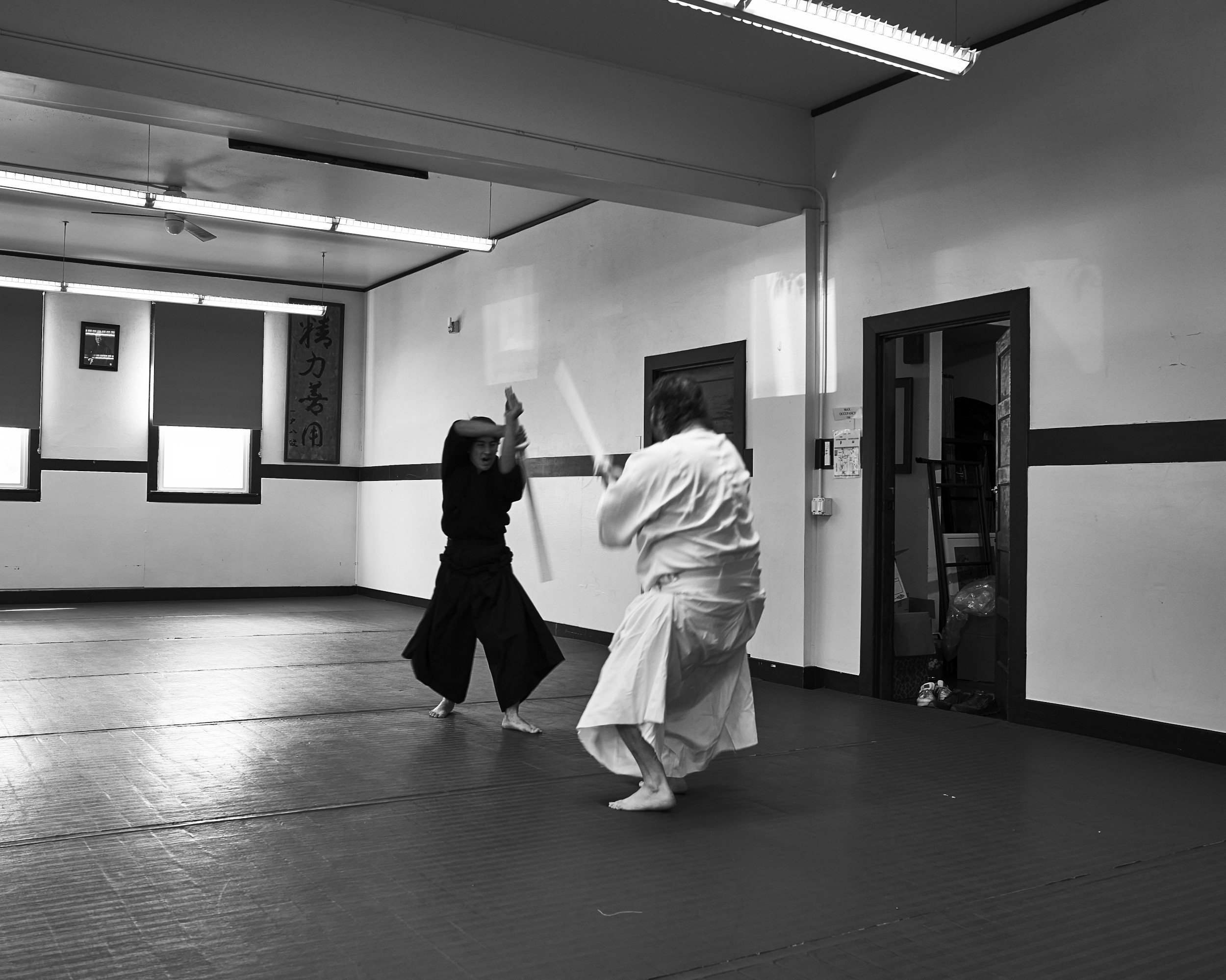
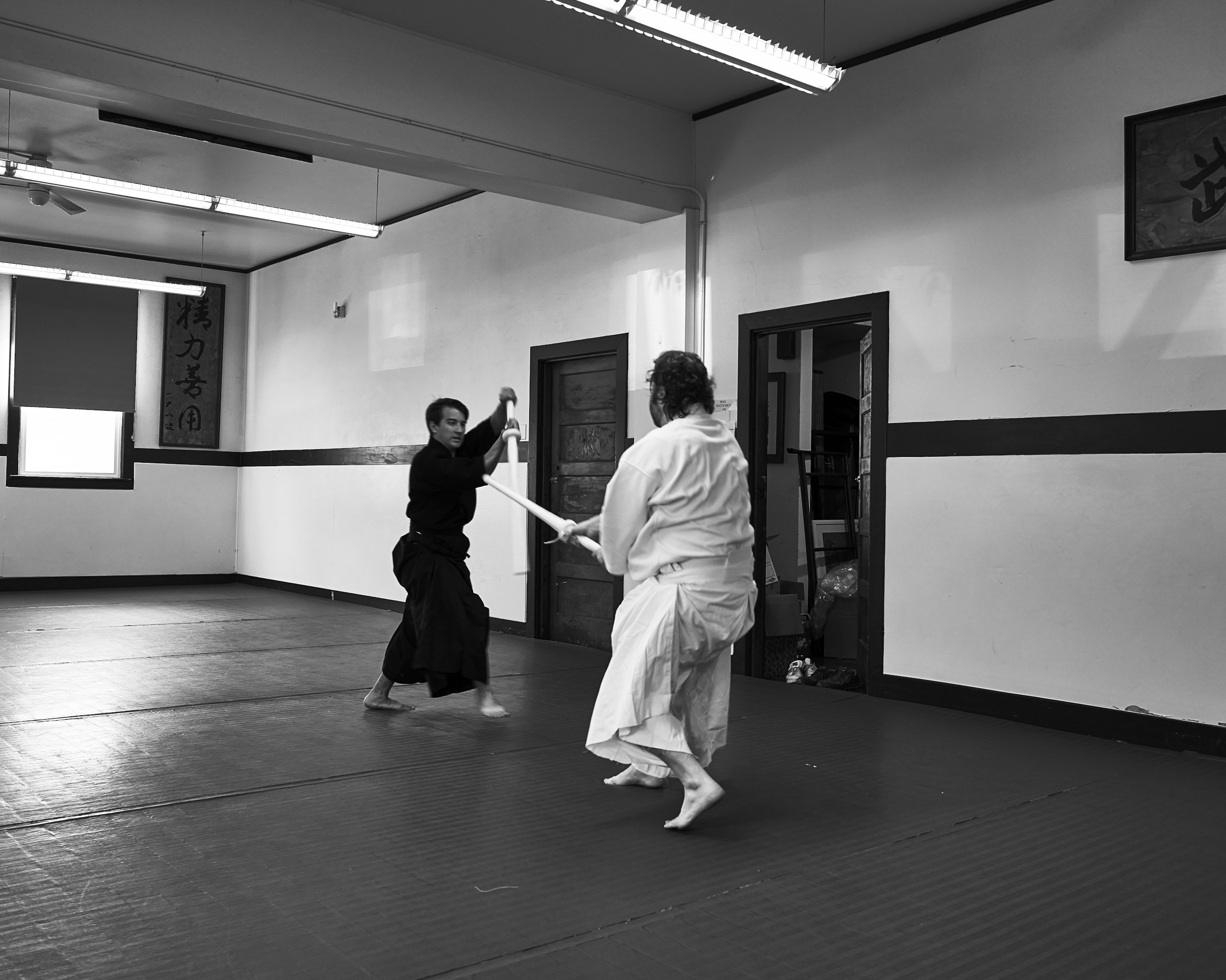
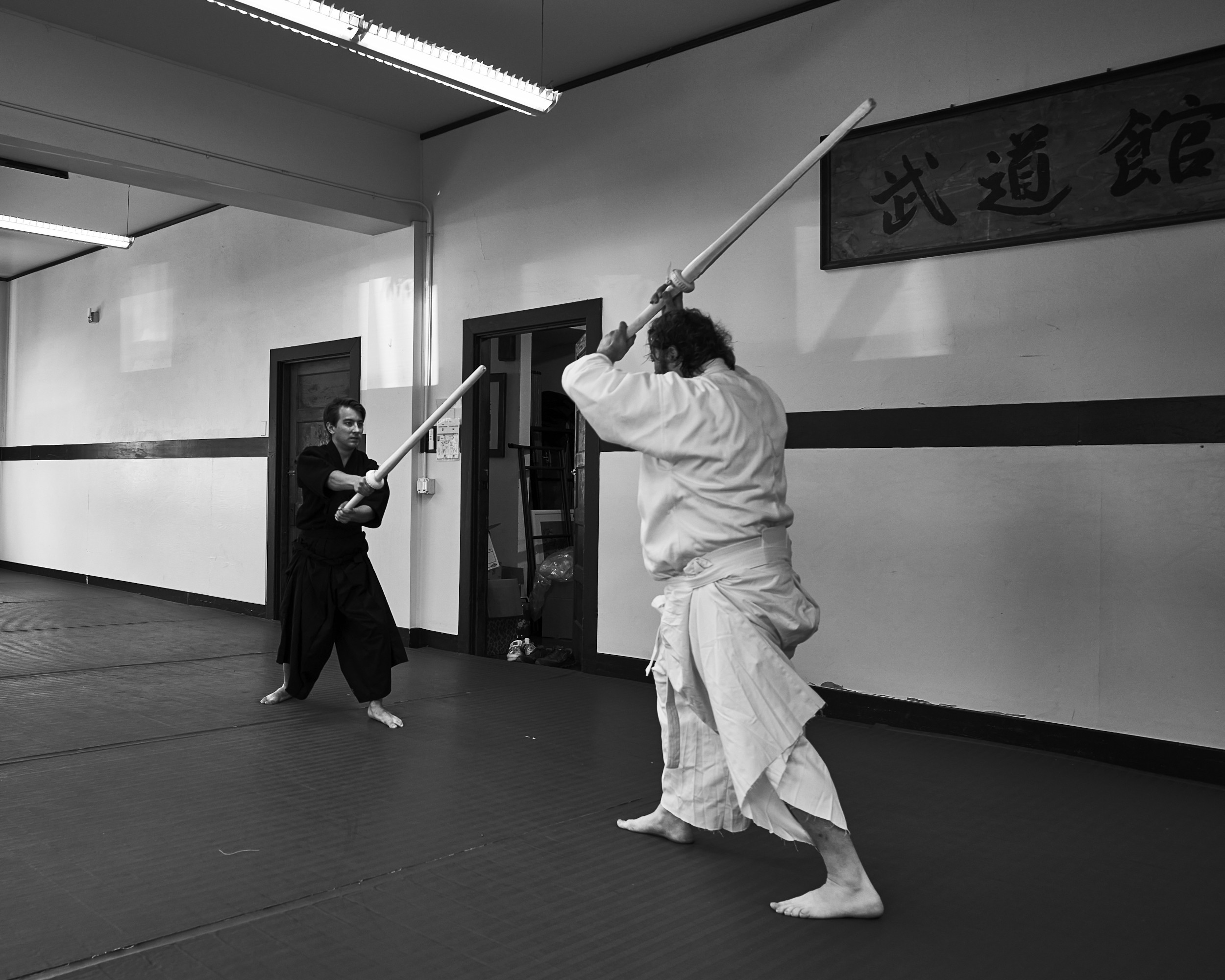
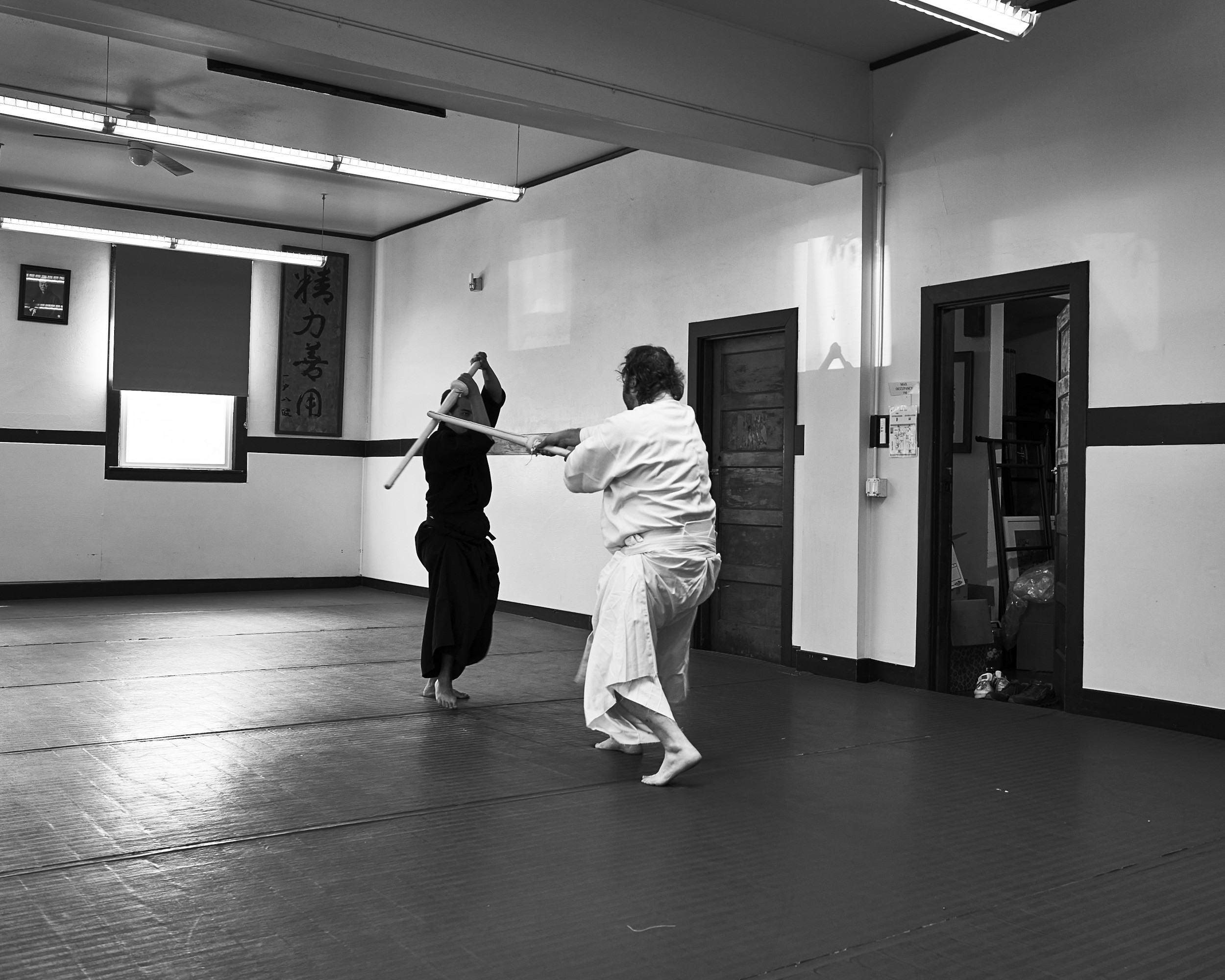

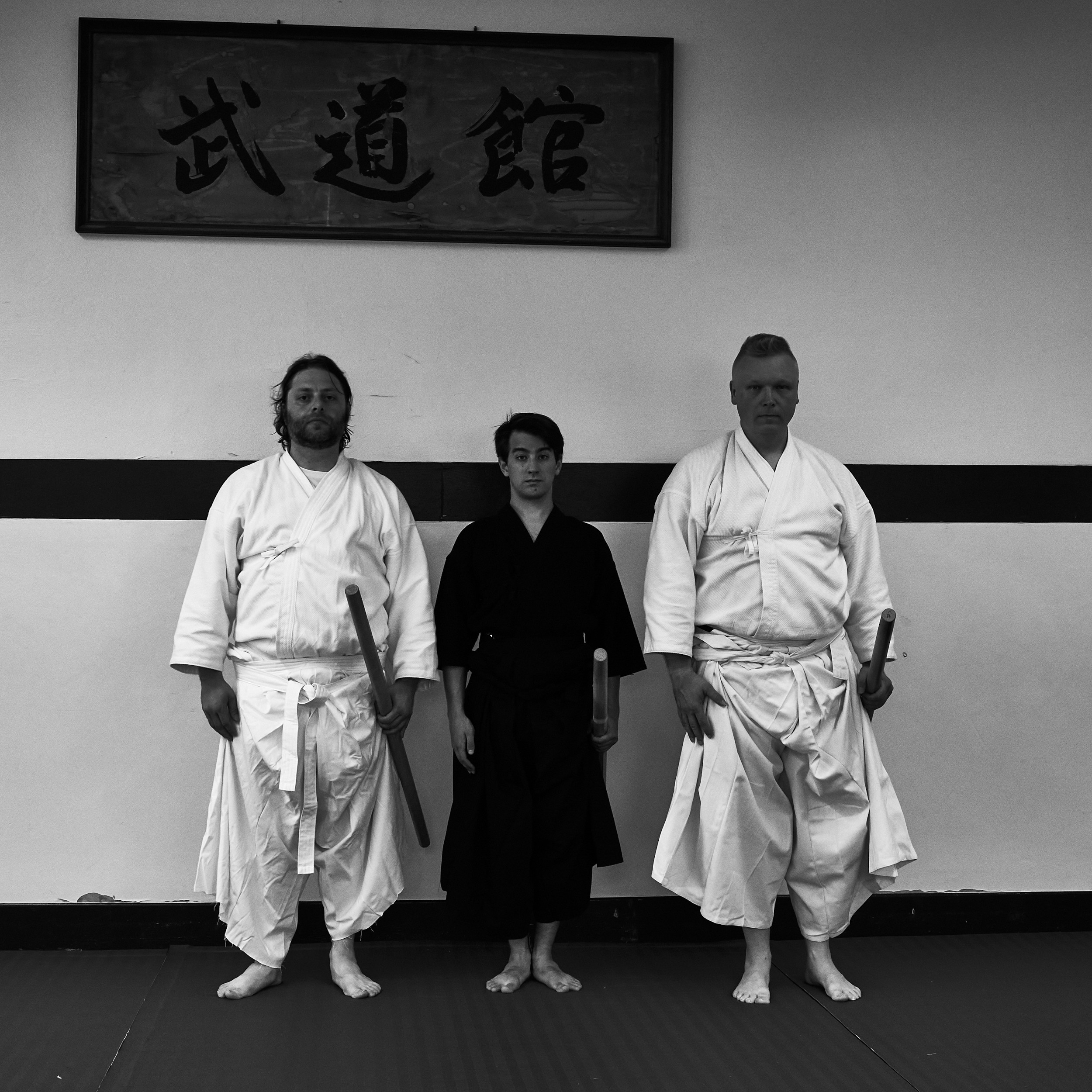
We practiced at the height of summer. The introductory set of Jikishinkage-ryū is called hōjō, which is based on Taoist five element theory. In the current arrangement of hōjō the fifth element of earth represents the end of each season (spring, summer, autumn, winter) that changes into the next. This is represented by a ritual movement called gehan-in that then flows into walking methods called unpō performed with the type of formal breathing associated to the next season. Originally, there were five kata, similar to the set sangakuen in Yagyu Shinkage-ryū, with harvest season as the fifth component, between summer and autumn. I was reminded of that earlier arrangement during our practice.
At the end of our training, I explored kuzushi (breaking or taking apart) the first kata of the second set practiced, called ryubi (dragon tail), which is an excellent point of departure for developing an understanding of how to apply nagashi with different tai-sabaki.
Mark Raugas
email: